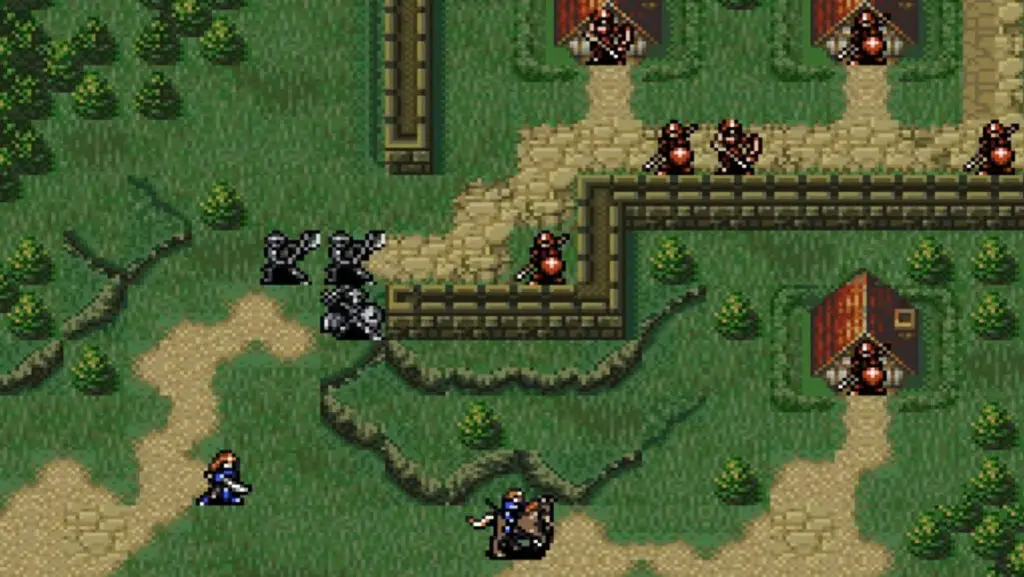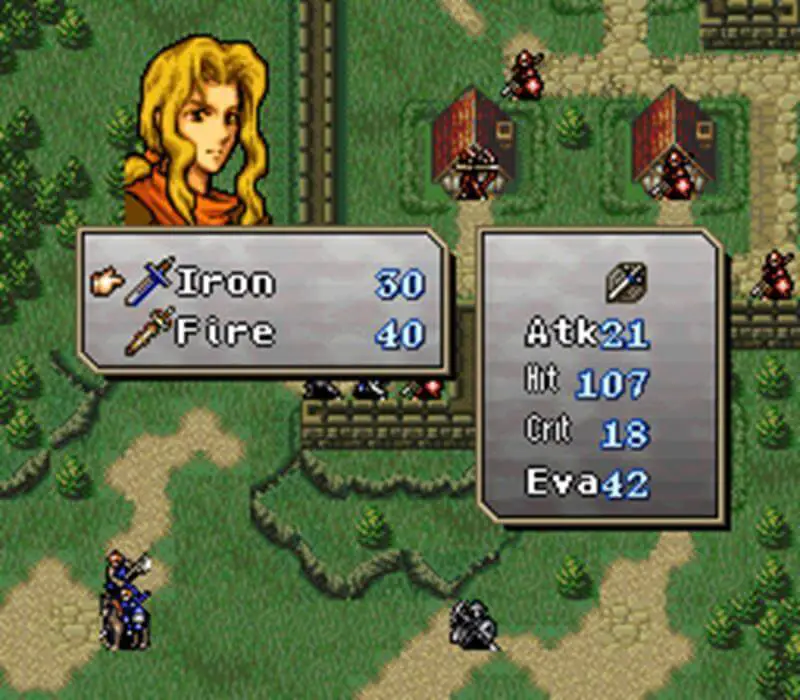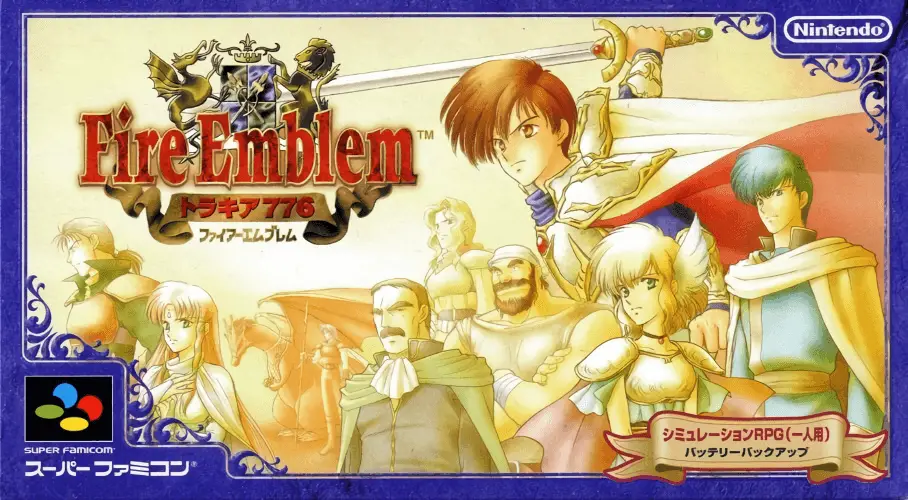All game series’ change over time, (except for Dragon Quest) with a series like Final Fantasy being the best example, moving away from turn-based combat or ATB in favour of action. Fire Emblem’s changes over the years have been far more subtle, as although there have been numerous changes to how the weapon triangle, magic, and weapon durability works, the series has never left its grid-based layout on its maps.
Perhaps the most unique game of the Fire Emblem series, only really competing with Fire Emblem Gaiden and its remake is Fire Emblem: Thracia 776. Thracia 776 is an interquel to Fire Emblem: Geneaology of the Holy War created by Shouzou Kaga, widely considered to be the father of Fire Emblem, and also the last Fire Emblem game he contributed to. Kaga’s work on the series was often seen as experimental, with the mechanics introduced in each of his entries making each title feel very distinct, in comparison to the GBA Fire Emblem titles which are often criticized for feeling too similar.
Thracia 776 is frequently praised by veteran players of the series for its difficulty and unique mechanics. I’d like to explain exactly why you should play Thracia 776, although I’d like to mention first that I wouldn’t recommend it as your first Fire Emblem game as it doesn’t offer much in the way of a tutorial. The opening chapters are easy enough that you can experiment a bit to get a feel for the game, though there’s a difficulty spike shortly after them!

Unique mechanics which change the way you might usually play Fire Emblem
Thracia 776 features some unique mechanics, some of which ended up featuring in some capacity in later titles, some of which did not. Capturing is one: in Thracia 776, as well as being able to attack enemies normally, you can capture them, which acts as an attack with reduced stats. If a unit successfully captures another unit, you can access that unit’s inventory, taking any of their items you’d like. This is absolutely vital in Thracia 776, as shops for weapons are few and far between, and when they do turn up the weapons are mundane yet expensive.
The fatigue system also appears in Thracia 776, later also appearing in a much-reduced capacity in Fire Emblem Echoes: Shadows of Valentia. Most actions on the battlefield cause your units to generate fatigue, and once they’ve reached a fatigue level higher than their HP, they become unavailable in the next map. This may sound annoying, but it is rarely impactful: you are given many units in Thracia 776, and you will often find that some units aren’t impactful in certain chapters, or just aren’t needed as much. In these cases, it would be wise to not deploy them to keep them fresh for the next map. Fatigue also encourages you to train a larger group of units, punishing you for overusing the same strong units because you’d either lose them in the next chapter or be forced to spend an S Drink to recover them for that chapter.
Every unit is viable (…mostly) due to the items you can choose to give them
One of the odd mechanics introduced in Thracia 776 and very loosely used in other Fire Emblem titles are Crusader Scrolls. Leaving a Crusader Scroll in a unit’s inventory changes their growth rates– the Ced Scroll, for example, raises speed growth by 30%, magic growth by 10%, and reduces HP growth by 10%. These scrolls stack, so you can simply put a bunch of them onto one unit to guarantee they’ll level up well.
It’s not just the scrolls that make most units somewhat viable, though. Stat caps are low in Thracia 776, with non-HP stats capping at just 20, making it feasible for a unit to cap a couple of stats at level 20 before promotion. Most units are also given unique tools to make them stand out– many units have unique weapons, skills, or classes which give them a niche. For example, one character, a mage knight, has a unique thunder tome that strikes twice before the enemy can respond with a counterattack, making her very powerful on player phase, but somewhat weak on enemy phase as the tome slows her down. When combining this unique tome with the vantage skill, which allows for a unit to always attack first even when the enemy initiates combat, which she doesn’t usually have but you can gain via a rare item, this weakness is nullified, allowing her to destroy all enemies on the enemy phase that can’t withstand two hits from her tome.

Interesting maps which require you to make use of all the tools you have available
Thracia 776’s maps have a variety of objectives, punctuated with side objectives. Usually completing the main objective isn’t too difficult– it might be just killing a boss then seizing a space with Leif, the game’s protagonist, but even in these cases there will be many other things to do in a chapter, such as visiting houses or making sure villagers escape safely. There are also escape maps, where Leif and his party have to escape from A to B with enemies to fight along the way, and defend maps, where you have to stop any enemies from reaching a particular space. The game’s defend maps are particularly difficult, featuring an overwhelming amount of enemies and seemingly impossible side objectives.
These side objectives are primarily accomplishable due to the tools the game gives you, particularly the staff users. Staves in Thracia 776 are incredibly overpowered, as all ranged staves have unlimited range– later Fire Emblem games had staves that could only work across a limited amount of squares– and the power of status staves, which could put a powerful enemy to sleep for an entire chapter, or even steal a powerful weapon straight from there hands. You are usually limited in your uses and users of these, however, and must keep a close eye on their fatigue.
So, there you have it, the main three reasons you should play Fire Emblem: Thracia 776. Thracia 776 is my current favourite of the series, although that changes very often for wildly different reasons every time. The one-of-a-kind nature of Thracia 776 leaves me constantly returning to it, however, even when it frustrates me!







